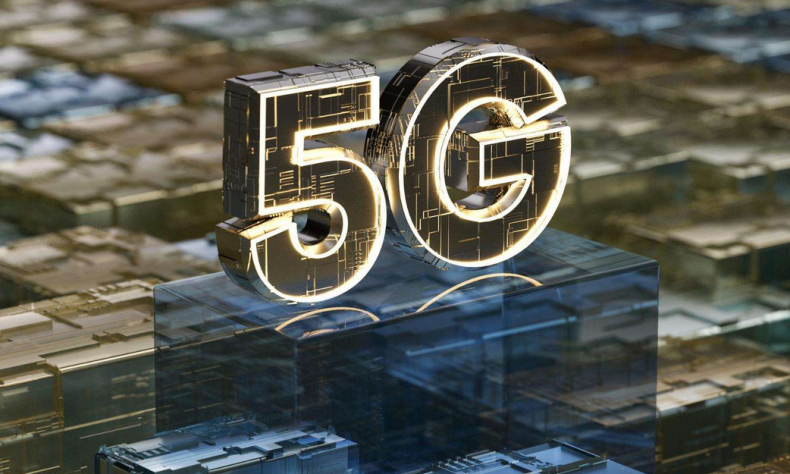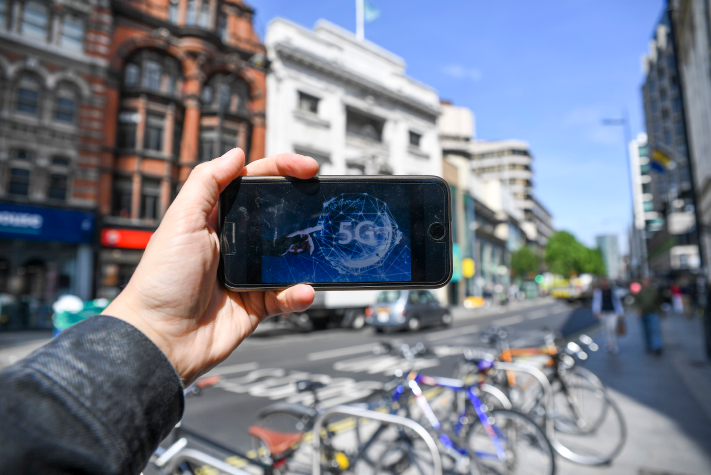A Tough Reality

Why the U.S. telecom industry floundered in the 5G era
In April, at a gathering in the White House, U.S. President Donald Trump detailed his plan for transforming U.S. society, workplaces and educational institutions with 5G, showing an obsession to win the global race to harness the advanced technology.
To take 5G to 4 million rural households and small businesses, the U.S. Government is putting together a $20.4-billion rural broadband funding program. Also, state and local governments now have to approve new physical infrastructure within 90 days to speed up the initiative. A program execution team has reportedly been organized under the Department of State to promote necessary institutional reforms.
However, all these approaches cannot solve the essential problem of the U.S. telecom industry. Financial Times published an article, Why Is There No U.S. Rival to Compete With Huawei?, which reignited a debate at the top of the administration. This is the question that Trump and his administration needs to answer.

High-ranking U.S. officials, senior diplomats and security experts are all warning U.S. citizens as well as the international community of the danger of using Huawei’s telecom equipment, claiming it could be used for spying and stealing, though they are not able to produce any evidences against the Chinese company regarding those accusations. But as the article points out, “They have been unable to recommend or support a U.S. company to step in and provide the same equipment instead.”
Experts and policymakers give various reasons to explain why Huawei has no peer in the American market. One explanation is lack of motive to reform and innovate.
The first U.S. telecom carrier was born a century ago and U.S. companies ruled the global telecom equipment market for most of last century. However, it is precisely due to their success and unchallenged leadership in the old world of landlines that it has become extremely difficult, if not impossible, for them to make necessary and substantial changes aggressively and quickly enough in mobile telecom networks and the Internet in the 21st century.
Now, they have to admit the tough reality that the once little known Huawei has grown into the world’s largest telecom equipment manufacturer, occupying more than 28 percent global market share and getting more 5G contracts than any other competitor around the world.
U.S. companies are looking at Europe in the hope that Huawei’s closest rivals, Ericsson and Nokia, may make the effort. However, Huawei’s cooperative strategy with its European peers effectively turns some of its potential rivals into its cooperative partners in the local market. And there are still no U.S. peers that can launch an effective counterattack by building the equipment.
The next question is, can the Trump administration, which punishes a private foreign company using administrative means without any valid judicial evidence or legal procedure, save U.S. telecom companies in the 5G era? The answer is still no.
The rise of Huawei demonstrates how an effective government can create a better external environment for newly emerging hi-tech industries, such as 5G telecom firms. Huawei’s successful global market performance stands as proof that this approach leads to more effective growth.
The author is an associate research fellow at Chongyang Institute for Financial Studies, Renmin University of China
Source: Beijing Review
 Facebook
Facebook
 Twitter
Twitter
 Linkedin
Linkedin
 Google +
Google +










